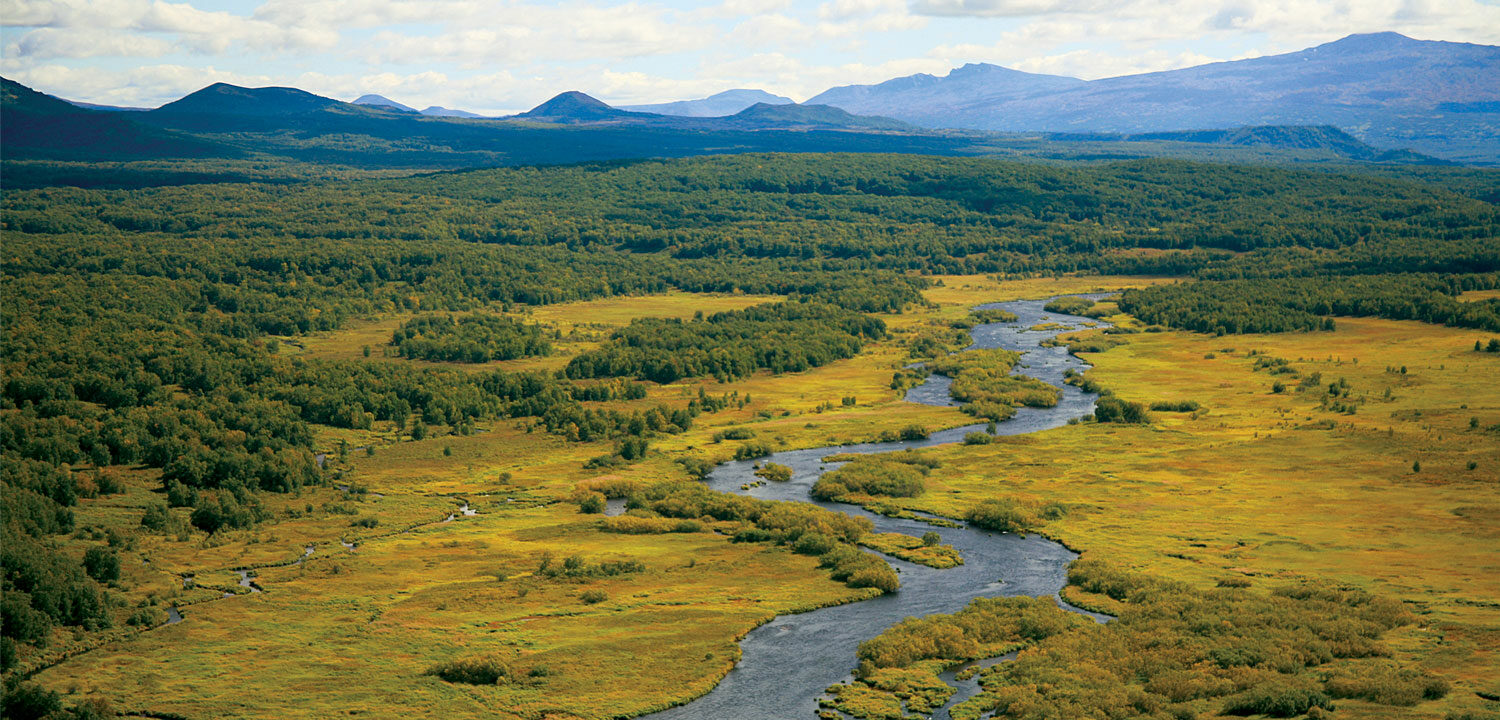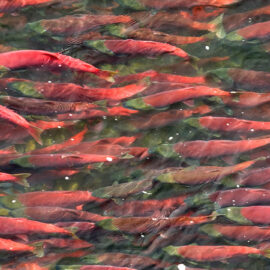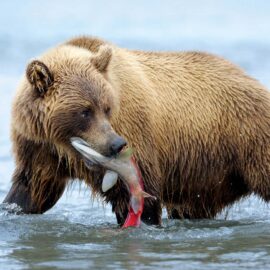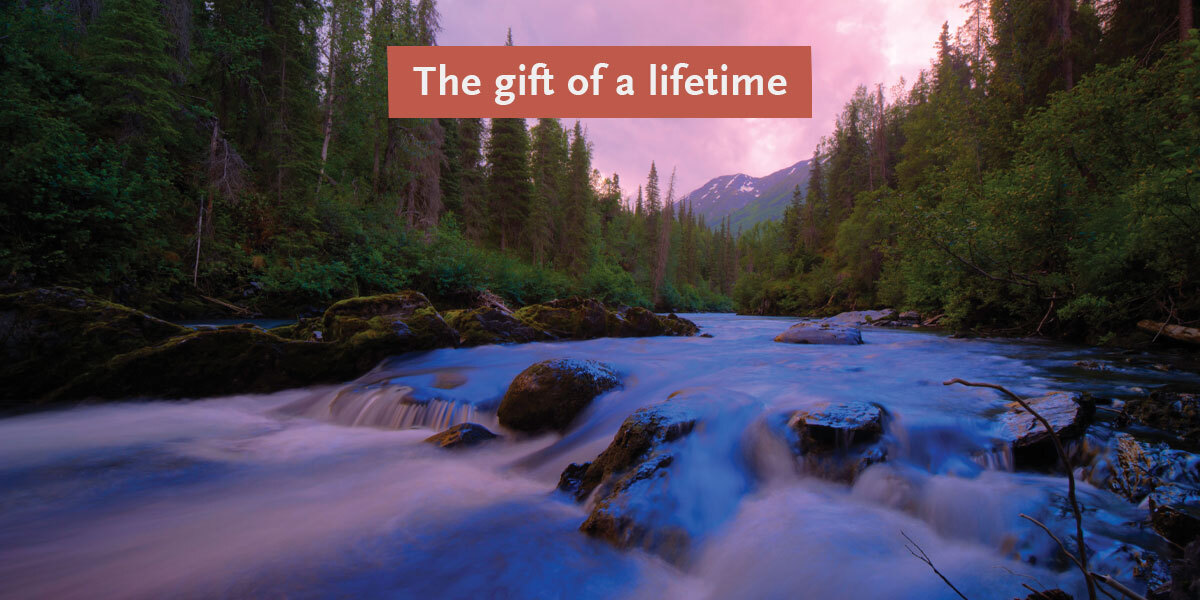Wild Salmon Center was founded in 1992 by avid fly-fishermen Pete Soverel and Tom Pero. Former Navy captain Pete Soverel was one of a small group of western anglers to explore the flyfishing possibilities in Russia’s Kamchatka Peninsula, and in 1994 he began organizing expeditions with scientists and fishermen to the rivers of Kamchatka, a sparsely populated 800-mile-long peninsula that had hosted former Soviet navy and air force installations. Pete started an initiative called The Kamchatka Steelhead Project. Fly fishermen funded and participated in the joint project by Russia’s Moscow State University, WSC, and University of Montana’s Flathead Lake Biological Station – catching steelhead on flies, allowing researchers to collect data on the fish, and then releasing them (see a feature on the project from Outside Magazine). The Kamchatka Steelhead Project spun off in 2003 to Soverel’s organization The Conservation Angler.
Protecting a river system before it’s broken is a far cheaper and simpler strategy than trying to rebuild a river after it has been degraded.
In 1998, Soverel hired Guido Rahr as the organization’s first executive director. Guido was also one of the first western anglers in Kamchatka, and he came to Pete with a vision: a Pacific Rim network of protected salmon rivers, or strongholds.
With an expanding staff, Rahr and conservation director Xanthippe Augerot reoriented the WSC toward a pan-Pacific effort to identify and protect the most important watersheds for salmonid fish, including Pacific salmon, steelhead, trout, char and taimen, in each region of the northern Pacific Rim. They knew that it was only a matter of time until even the most remote rivers were at risk, and that taking the long view and putting proactive protections in place would secure these rivers from the future threats.
WSC convened workshops with top scientists in Russia, Canada, Japan and the US Pacific Northwest and completed rapid watershed assessments, including unexplored salmon rivers in Kamchatka and the Russia Far East. The stronghold campaign became the first global conservation effort for Pacific salmon and has resulted in establishment of eight new national and regional parks totaling 35.7 million acres, including: the Kol Salmon refuge in Kamchatka, the first headwaters-to-ocean whole watershed protected area created to protect salmon biodiversity, and more recently, 28 million acres of protected federal land in Alaska. WSC led efforts to expand protections on 60,000 miles of streamside habitat in the Pacific Northwest, and helped secure wild fish conservation agreements for 89 river systems.
We have also prevented major threats to salmon strongholds, defeating efforts to install hydroelectric dams, hard rock mines, clearcut logging, and other major threats to salmon rivers in the United States, Canada, Japan and the Russian Far East. WSC has also helped found 14 new conservation organizations and raised over $200 million for conservation and science efforts.
Preemptively protecting the North Pacific’s salmon strongholds is the center of our work. Protecting a river system before it’s broken is a far cheaper and simpler strategy than trying to rebuild a river after it has been degraded. And the fate of salmon for the entire region depends on a viable network of strongholds. The story continues in great detail in “Stronghold” by Tucker Malarkey, which follows Guido Rahr on his lifelong journey to becoming a passionate leader for Pacific salmon conservation and a voice for protecting the world’s last, great salmon rivers.
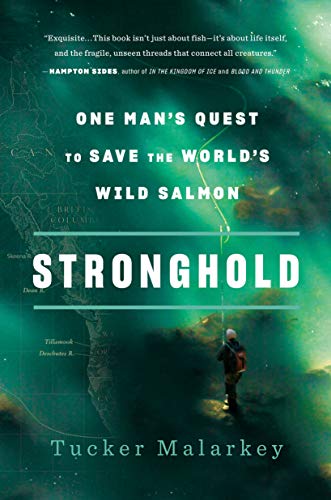
Check out videos about Wild Salmon Center staff and initiatives.
